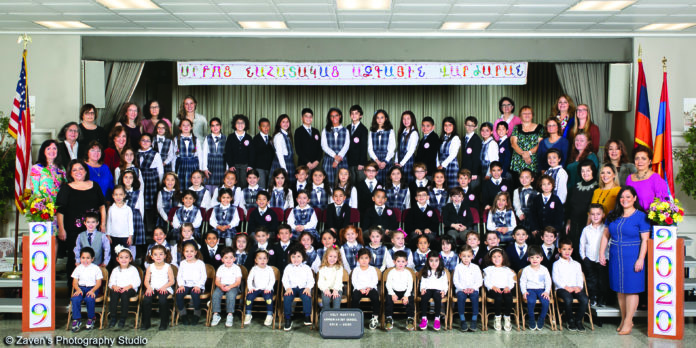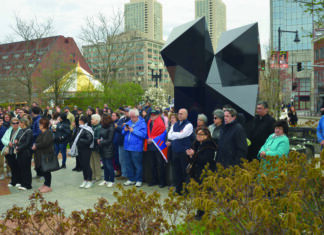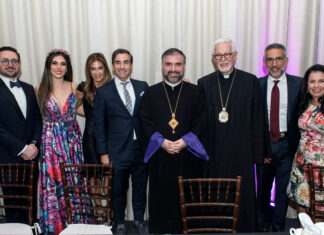NEW YORK — The COVID-19 pandemic upended lives around the world, affecting public health, the economy and the education system. As the school year opens this fall across the United States, institutions are working hand-in-hand with their state governments to devise, adjust and experiment with new approaches and techniques as they face never-before-seen circumstances. Coming off of an online-only spring semester where student engagement came to a halt and family dynamics were altered when schools shut down, administrations are on track and better prepared to meet the needs of their student populations.
While the new school year unfolds, Armenian day schools across the country have adjusted to the challenging situation. Due to the diminishing infection rate numbers in the East Coast, the Armenian schools have adopted a hybrid instruction, in line with state guidelines.
Armenian Sisters Academy
Located in Radnor, Penn., a suburb of Philadelphia, the Armenian Sisters Academy is ready to launch its remote and in-person model when classes begin on September 8.
The school serves 130 students from pre-kindergarten through eighth grade and is led by Principal Sister Emma Moussayan and Vice-Principal Daniel Commale. Pennsylvania, like its neighboring states, has been able to get a handle on the virus throughout the spring and summer months. Thanks to the progress, faculty and staff look forward to welcoming students on campus for the first time in six months.
“The adjustment was pretty seamless,” said Commale of the switch to remote learning. “We had to close on a Thursday afternoon and quickly go into a digital format in order to have everything available online for parents and students by the following Monday.”











